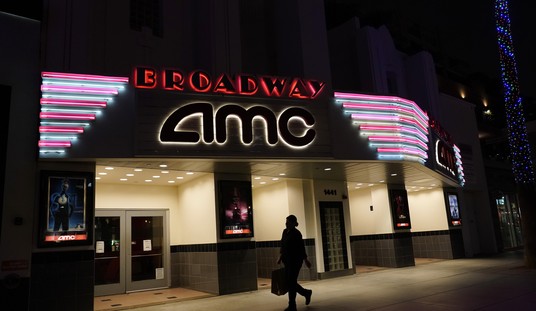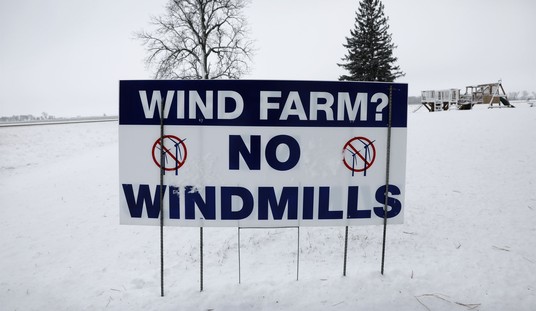A leftover from Saturday in case you missed it. The good news is that, after three rounds and 15,000 people tested, New York is still seeing infection rates in the 20 percent range. The original number after one round of testing, 21.2 percent, was no fluke. There’s every reason at this point to believe that one-fifth of the City’s population — 1.68 million people — have had the virus and all but 19,000 or so have survived, a fatality rate of slightly more than one percent.
Although if we were to include “excess deaths” in that count, the number would be a bit higher.
The bad news is that hopes of a much higher incidence of infection in NYC after six weeks of a raging epidemic appear to be dashed after three rounds of testing. We all wanted to see rates much closer to herd immunity, which in the case of COVID-19 should be something like 60 percent. Instead the latest round of testing points to *lower* prevalence than the first two rounds did. Round one showed 21.2 percent in NYC infected; after round two that number bumped up to 24.7 percent. Now, after round three, it’s dipped to a shade under 20 percent.
NYC overall: 19.9% positive for antibodies.
Bronx: 27.6%
Brooklyn: 19.2%
Manhattan: 17.3%
Queens: 18.4%
Staten Island: 19.2%(Results are weighted.)
— Andrew Cuomo (@NYGovCuomo) May 2, 2020
Nearly 20 percent have been infected and just about 19,000 have died. If that ratio continued, with a thousand people dying for roughly every percentage point in prevalence gained (or one death for every 84 people immunized), NYC alone would still have 40,000 deaths to go before herd immunity is achieved. If that ratio held for the entire country (and if my math is correct), we could reach 60 percent immunity at the cost of … 2.4 million dead.
Better hurry up with that vaccine, is what I’m saying.
One of the many mysteries of COVID is why New York City got it so much worse than everywhere else in the U.S., including other major population centers. Here’s something that caught my eye over the weekend:
The patient, a 53-year-old man, had not travelled to China in weeks before falling ill, the doctor, Yves Cohen, said on @BFMTV Unclear if he had been in contact with people who had. He infected his two children but not his wife, and has now recovered
— David Chazan (@davidchazan) May 3, 2020
Could the virus have been spreading in NYC, one of the world’s foremost travel destinations, sooner than everyone believes? Everyone seems to have a story (or knows someone who has a story) about having had a curiously severe flu in January or even December of last year, and not just in New York. I myself know someone who works in airport security in NYC, normally hardy, who had a “flu” in early January that went on for two weeks, replete with a dry cough. Presumably well north of 99 percent of these “mystery flu” cases were in fact the actual flu and nothing more, reimagined after the fact as an early COVID infection due to the power of suggestion. But an unusually early outbreak in New York could help explain the unusual degree of prevalence now.
There are other possibilities. The Times had a story this weekend about doctors puzzling over why some cities and countries get blitzed by the disease and others shake it off without much damage. Scientists are focusing on four factors: (1) How young the population is, which explains why Africa and parts of the Middle East have escaped a severe outbreak; (2) “cultural distance,” which refers to how often people are likely to make physical contact, such as with handshakes; (3) hot, sunny weather, which may do less than we think to kill the virus *but* may encourage people to be outdoors more, which limits transmission; and (4) strict, early lockdowns by the local government. It occurred to me while reading it that NYC failed three of the four metrics. The population isn’t particularly old but extreme density (especially the subway system) plus the colder, grayer weather of March plus the slow-footedness of de Blasio and Cuomo made for a bad combination.
On the other hand, the WSJ looked today at why Florida has mysteriously avoided a crushing outbreak even though it hosted spring break this year, is a major tourist destination, and has a famously old population. It was a recipe for disaster — but the disaster didn’t happen, thankfully. One possibility is a weather effect: Floridians spend more time outdoors in March than New Yorkers do, I’m sure. But another reason, perhaps, is early precautions taken by the population as they watched what was happening in NYC.
A key factor, many say, is a change in the behavior of Floridians. Though the governor didn’t impose a statewide stay-at-home order until April 3, people began hunkering down en masse in mid-March, according to firms that analyze anonymous cellphone data.
That was around the same time deaths in the U.S. topped 100 and residents of New York, many of whom have ties to Florida, started staying home. The pandemic’s progression in Florida was about a week behind its trajectory in New York, so that social-distancing measures effectively kicked in earlier, said Thomas Hladish, research scientist at the University of Florida Emerging Pathogens Institute.
“In the early, exponential-growth phase of an epidemic, starting an intervention a week earlier is absolutely huge,” he said.
According to smartphone location data, Floridians’ mobility started dropping dramatically on March 15 and continued that way until it was down more than 50 percent within a week. In Miami-Dade County it was down more than 80 percent. Ron DeSantis may have been slow to issue statewide lockdown orders but it may not have mattered. Floridians were under self-imposed lockdown. They may have spared themselves a catastrophe.








Join the conversation as a VIP Member